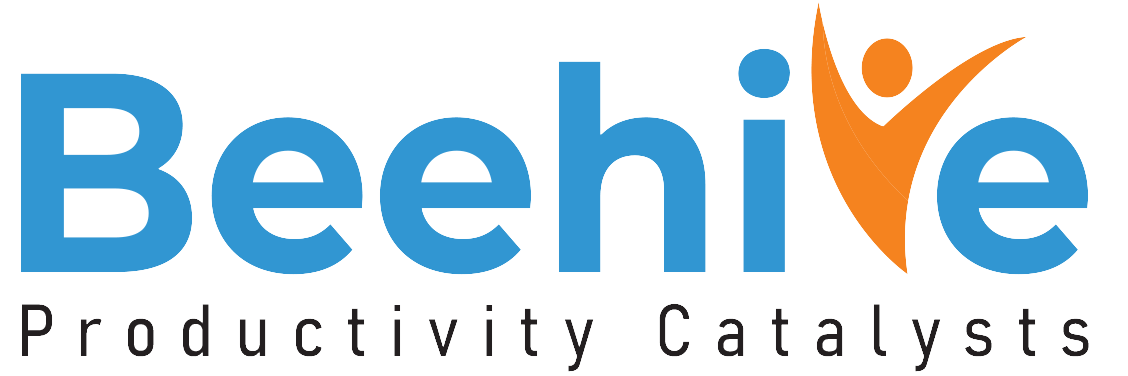Here’s why team burnout is a business risk
Leaders today face immense pressure to deliver results. Be it revenue targets, deadlines, growth metrics, customer satisfaction scores, investor expectations or more. There is no shortage of expectations. Under this relentless pace, it’s all too easy for leadership conversations to revolve entirely around the numbers.
Why does it matter?
In the pursuit of higher output, many leaders overlook a simple but critical question: Is your team okay? It may sound like a soft, even simplistic question. But in today’s high-pressure, hyperconnected workplaces, asking this is nothing short of revolutionary.
The most forward-thinking organizations and leaders now recognize this because the data is striking:
“According to the Workforce Institute, 71% of employees say their manager has more impact on their mental health than their therapist or doctor. Burnout is directly linked to attrition; employees who feel burned out are 50% more likely to leave their organizations. On the other hand, engaged, supported teams deliver 23% higher profitability compared to disengaged ones, according to Gallup’s extensive studies.”
Simply put, your people drive your performance. And when leaders focus solely on pushing for output without paying attention to team wellbeing, they destroy the engines driving the performance.
The early warning signs of a struggling team
Burnout rarely appears overnight. Teams typically show signals long before serious problems take root. The tragedy is that many leaders either miss these signs or ignore them, assuming that the solution is simply to push harder. But burnout is not the problem you can solve by increasing pressure. In fact, that adds fuel to fire. Here are some of the most common early warning signs of a team that is struggling and may be heading toward burnout:
Increased Mistakes
People tend to make more mistakes when cognitive pressure exceeds. Even simple tasks suddenly become difficult. Quality drops and even the capacity to focus declines.
Drop in Collaboration
When employees feel overwhelmed or disengaged, collaboration suffers. Team members stop contributing ideas. Participation in meetings falls. Cross-functional projects lose momentum.
Emotional Withdrawal
One of the most telling signs of burnout is emotional withdrawal. You may notice team members becoming less enthusiastic, less connected, and more cynical. They may disengage emotionally long before they disengage physically.
Higher Absenteeism
Stress and burnout often manifest as increased absenteeism. Employees start taking more sick days or requesting unscheduled time off. If this trend isn’t addressed, it often culminates in full-scale attrition.
Quiet Quitting
This now-famous phenomenon describes when employees no longer go above and beyond, but instead do the bare minimum to meet expectations. They disengage from the broader mission of the organization and focus solely on getting through the day.
If you see these signs, pushing harder will break the system.
“Healthy teams drive high output. Burned-out teams don’t. Before you fix the numbers, check on the humans behind them.”
How to check if your team is okay?
Addressing employee wellbeing and burnout prevention simply requires intentional leadership with a genuine human connection. Here are five practical ways to start checking in and truly supporting your team:
- Ask
In your 1:1s and team check-ins, ask the question that matters: “How are you?”
Don’t settle for surface-level answers. Create space for employees to be honest about their workload, stress levels, and general wellbeing. And when they do share, listen. Don’t try to fix everything immediately. In this scenario, listening is the most powerful first step. - Watch
Take a hard look at the demands being placed on your team. Is it humanly possible to meet current expectations without sacrificing health and balance? Many burnout cases start with well-intentioned leaders who lose sight of damage that can be caused by unsustainable workload. Conduct regular workload audits and create a culture where employees can raise concerns about capacity without fear. - Celebrate
Rest is not a luxury but a necessity. Yet in many organizations, taking time off is quietly discouraged or culturally frowned upon. Change this dynamic by actively encouraging time off and modelling it yourself as a leader. When you take breaks and protect boundaries, you give your team permission to do the same. - Build
Employees must feel safe to say: “I’m struggling.” Without psychological safety, burnout festers in silence. Train leaders to foster an environment where vulnerability is accepted and met with empathy. Encourage open dialogue about workload, mental health, and stress. Remember: psychological safety is not a soft skill but a competitive advantage. - 5. Prioritize
One of the fastest paths to burnout is ambiguity. When teams are constantly chasing moving targets or working on too many unclear priorities, it erodes their sense of control and competence. Leaders must communicate clear priorities. Clarity fuels confidence, and confidence fuels performance..
The role of the leader in building wellbeing-driven performance
Many organizations still operate with an outdated model of leadership: “Control drives output”. But in today’s world of knowledge work and human-centred performance, this model is ineffective and more so, actively harmful. Modern leaders must embrace these new leadership tips:
Stop controlling, start supporting
Your job as a leader is no longer to monitor hours worked or activity levels. It is to remove obstacles, build clarity, and create the conditions where your team can do their best work.
Cultural change starts at the top.
Stop celebrating late nights and skipped vacations. Instead, celebrate quality outcomes, sustainable effort, and evidence of balanced work practices.
Normalize Mental Health Conversations
The most impactful culture change starts with a leadership example. Speak openly about the importance of mental health, and create safe spaces for employees to raise concerns. This helps create space for healthier behaviours across the organization.
When leaders adopt this mindset, the ripple effects are enormous. Teams that feel supported perform better and are more loyal, more engaged, and more innovative.
Build healthier, higher-performing teams with Beehive HRMS
Supporting your team and burnout prevention requires insight, consistency, and the right tools.
Beehive HRMS helps organizations move from reactive management to proactive support by giving leaders the visibility and systems they need to build high-trust, high-performance cultures.
Here’s how Beehive supports this shift:
- Workload visibility: Tools to monitor workload distribution across teams. This helps prevent overburdening and enables better planning.
- Employee engagement analytics: Tools to track increased absenteeism, reduced participation, or mood tracking. These early warning signs can be flagged through the platform, so they can be addressed before they escalate.
- Wellbeing insights: Pulse surveys, sentiment analysis, and check-in tools help managers ask the right questions regularly and give employees a safe space to share feedback.
- Outcome-based performance tracking: Move beyond hours and attendance. Beehive allows you to evaluate and reward based on real, measurable outcomes.
- Manager enablement: The in-built tools and review strategies help managers support team wellbeing and respond with empathy.
With Beehive HRMS, you can build a workplace culture where high performance and employee wellbeing can coexist and thrive.
The takeaway thoughts
When organizations push for output without checking on their teams, they risk running the machine until it breaks. Burnout is a growing, measurable force that erodes your productivity, morale, and culture from the inside out. Leaders must make the shift from chasing performance at any cost to building performance and workplace culture with care. When employees feel supported and understood, they bring their best selves to work.
Before you chase the numbers, check on the people behind them. Because when your team is okay, performance naturally follows.






